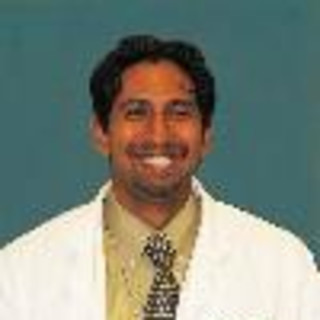
You’ve been through 4 years of undergrad, 4 years of medical school, and sometimes countless years of residency. You’ve worked through the night, tirelessly caring for sick patients, and make something above minimum wage to show for it. Meanwhile, your close friends all have houses, weekends, and heck some even have kids. So the light at the end of the tunnel comes and your first paycheck comes with it. Depending on your specialty that could be between 2.5–8x what you made as a trainee. Life is good. Time for that new car and/or other fantastic purchase you have been waiting for 10+ years for, right? Wrong. This is a sad sitcom that I have watched several of my colleagues, friends, and residents portray. Rinse, wash, and repeat.
Those who are NFL fans can see the analogy coming up. Sammy Watkins is a “can’t miss” prospect for the Buffalo Bills. Buffalo mortgaged its present and its future to get him, and he wasn’t even on the team until the end of his rookie contract. Rarely does mortgaging your present and your future make sense in sports, less so in real life. Unfortunately, we as doctors are infallibly human and therefore believe that our exquisite clinical decision-making skills should extend into other areas of our lives. It’s a difficult predicament; doctors commence their earning much later in life, have high debt burdens, and start families much later than our non-physician colleagues. This is in addition to the stress, calls, and increasing commercialization of medicine which has taken power from physicians and patients and put it into the hands of insurers and hospital administrators. Therefore, it is quite natural to believe that you have earned it, and this is largely true. But it doesn’t mean it can’t hurt you.
The problem with high debt burden is that there is a combination of federal and private loan agencies. The federal loans, of which the Stafford is the most common, has a cap which varies from year to year, but is rarely enough to meet tuition needs for the majority of medical students. Therefore, many students have to take unsecured private loans, which have a little nuance that physicians don’t notice till much later. The interest from these loans, if not paid from the day that the money is lent, is added to the principal of the loan, therefore increasing the loan value. Many physicians are therefore saddled with this heavy loan burden well into their 50s as a result, especially those who went to more expensive schools (private undergraduate + private medical schools, although public universities are gradually catching up). Interestingly, this total debt burden is often used against physicians when they try to achieve the American Dream and purchase a new home.
The other problem is slightly opaque since many physicians join the workforce later. Since many physicians, even those who go “straight through” only commence their career in their 30s, their lifetime earning potential is lower since they have often have little savings and the debt burden alluded to earlier. Therefore, many physicians often beginning their retirement savings later than their non- physician counterparts, and require many years to catch up. Since salaries have such a large distribution across physician groups, there is no single number that allows physicians catch up. Compounding the problem is the media stereotype of the “wealthy doctor” with swanky cars and custom license plates, which those of us who have practiced for some time recognize as a dystopian fantasy. Therefore, the purchase of a new expensive car or other items in lieu of paying off ever-increasing student loans or increasing retirement savings is very rewarding in the short term but quite deleterious in the long term.
What is most concerning is that many young physicians, in an era of slowly receding salaries (and hairlines), are making increasingly poorer financial choices. What is required is more financial education in medical school and residency training programs where the foci are different. The paradigm to this point is “be a good doctor, everything else will come.” But unless we make good financial decisions, that may not happen the way we intended.
Arvind Chandrakantan, MD is a practicing anesthesiologist in Houston, TX and a 2018–2019 Doximity Author. The opinions expressed herein are strictly his own and none of the organizations he is affiliated with or works for.






